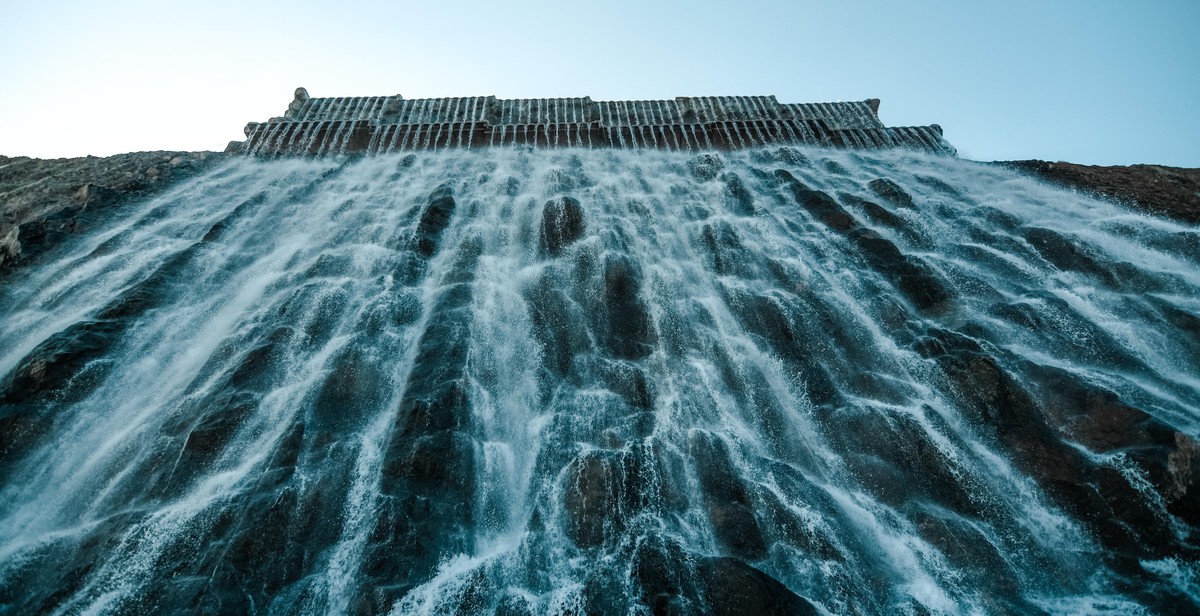How to Safely Swim in a Lake: Tips for Enjoying the Water
Swimming in a lake can be an exciting and refreshing experience. Unlike a pool, a lake offers an open and natural environment that provides a different swimming experience. However, swimming in a lake can also pose certain risks that you need to be aware of to ensure your safety.
Why Swimming in a Lake is Different than a Pool
Lakes are natural bodies of water that have different characteristics than a swimming pool. Unlike a pool, a lake has uneven and unpredictable depths, varying temperatures, and currents that can change rapidly. Also, lakes are home to various living organisms, such as fish, algae, and bacteria, which can pose health risks to swimmers.
Moreover, lakes have limited visibility, and you may not be able to see the bottom or underwater obstacles, such as rocks, branches, or weeds. This makes it important to take caution and follow safety guidelines when swimming in a lake.
In this article, we will provide you with tips on how to safely swim in a lake, so you can enjoy the water without putting yourself at risk.

Know the Lake
Before diving into a lake, it is essential to understand the water body’s features.
Check for Warnings and Closures
It is critical to check for any warnings or closures before heading to the lake. The local government or park authorities usually issue warnings if the water is contaminated or unsafe for swimming due to high bacteria levels or other hazards.
It is also vital to check the weather forecast before heading to the lake. If there is a storm or high winds, it is best to avoid swimming as it can be dangerous.
Understand the Lake’s Features
It is crucial to understand the lake’s features to ensure a safe and enjoyable swimming experience.
- Depth: Check the lake’s depth before diving in. Some areas may be too shallow, and diving can result in serious injury.
- Currents: Some lakes may have strong currents, making it difficult to swim. It is best to avoid swimming in areas with strong currents.
- Underwater Hazards: Be aware of any underwater hazards, such as rocks, logs, or plants. These can be dangerous and cause injury.
- Water Temperature: The temperature of the water can vary in different parts of the lake. It is essential to acclimatize to the water temperature before swimming.
It is also crucial to understand the lake’s layout and where the shallow and deep areas are. This knowledge will help you avoid any potential hazards and enjoy your swimming experience safely.
| Tip: | Always swim with a buddy, and never swim alone. |
|---|

Prepare for Your Swim
Before diving into the cool, refreshing waters of a lake, it is important to take some safety precautions to ensure an enjoyable and safe swimming experience. Here are some tips to help you prepare:
Wear a Life Jacket
Regardless of your swimming ability, it is always a good idea to wear a life jacket when swimming in a lake. A life jacket can provide buoyancy and help you stay afloat in case you get tired or encounter unexpected currents. Make sure the life jacket fits properly and is approved by the Coast Guard.
Use Sunscreen
Swimming in a lake can be a lot of fun, but it can also expose you to harmful UV rays. To protect your skin, apply sunscreen with a high SPF rating before going into the water. Reapply the sunscreen every few hours, especially if you have been swimming or sweating.
Bring a Buddy
Swimming alone in a lake can be dangerous, especially if you are not familiar with the area. Always bring a buddy with you when swimming in a lake. Not only is it more fun to swim with a friend, but it is also safer. In case of an emergency, you will have someone to help you or call for help.
By following these simple tips, you can prepare for a safe and enjoyable swim in a lake. Remember to always prioritize safety and never swim alone.

Entering the Water
Before you start swimming in a lake, it is important to enter the water safely. Here are some tips to help you:
Start with Shallow Water
It is always a good idea to start with shallow water, especially if you are new to swimming or the lake. This will give you a chance to get used to the water and adjust to the conditions. Shallow water is also ideal for practicing your strokes and improving your confidence.
Slowly Enter the Water
When entering the water, it is important to do so slowly and carefully. This will help you avoid any sudden drops or rocks that may be hidden beneath the surface. Take your time and walk in gradually, allowing your body to adjust to the temperature and the feel of the water.
Be Aware of the Water Temperature
Water temperature can vary greatly depending on the time of day, weather conditions, and location. It is important to be aware of the water temperature before entering. Cold water can be a shock to the system and cause cramps or hypothermia. On the other hand, warm water can be relaxing and comfortable.
By following these tips, you can safely enter the water and get ready for an enjoyable swimming experience.

Swimming Techniques
Swimming in a lake can be a fun and refreshing experience, but it is important to follow some basic swimming techniques to ensure your safety. Here are some tips:
Swim Parallel to the Shore
It is recommended to swim parallel to the shore, especially if you are not a strong swimmer. This allows you to easily reach the shore if you feel tired or encounter any problems. Also, swimming parallel to the shore helps you stay within a safe distance from the shore and avoid any hazards that may be in the middle of the lake.
Avoid Overexertion
Swimming in a lake can be more challenging than swimming in a pool due to the waves and currents. To avoid overexertion, start with short distances and gradually increase your swimming distance. Be aware of your own limits and take breaks when needed. It is important not to push yourself too hard, as this can lead to exhaustion and increase the risk of drowning.
Take Frequent Breaks
It is important to take frequent breaks when swimming in a lake, especially if you are not used to swimming in open water. Resting allows you to catch your breath and conserve your energy. You can also use breaks to check your location and ensure that you are still swimming parallel to the shore.
By following these basic swimming techniques, you can safely enjoy swimming in a lake and make the most of your experience.

Exiting the Water
Just as important as entering the water safely is exiting it safely. Here are some tips to keep in mind:
Take Your Time
When you’re ready to get out of the water, take your time. Rushing can lead to slips, falls, and injuries. Look for a spot on the shore that’s free of rocks, sticks, and other hazards. If you’re feeling wobbly or unsteady, wait until you feel more secure before attempting to stand up.
Don’t Dive in Shallow Water
Before you dive into the water, make sure it’s deep enough. Diving into shallow water can cause serious injuries, such as head and neck injuries, broken bones, and even paralysis. Always check the water’s depth before diving in, and never dive into water that’s less than nine feet deep.
When you’re ready to leave the water, swim back to shore slowly and carefully. As you get closer to the shore, watch out for rocks, shallow areas, and other hazards. Once you’re in shallow water, stand up slowly and carefully, and make your way back to the shore.
By taking your time and being careful, you can safely exit the water and avoid injuries. Remember to always check the water’s depth before diving in, and never dive into shallow water. With these tips in mind, you can enjoy your time in the lake and stay safe at the same time.

Conclusion
Swimming in a lake can be a fun and refreshing experience, but it’s important to take precautions to ensure your safety. By following the tips outlined in this article, you can enjoy the water while minimizing the risks associated with swimming in a lake.
Remember These Key Points:
- Check the water quality before swimming
- Always swim with a buddy
- Stay away from areas with strong currents or underwater hazards
- Wear appropriate gear, such as a life jacket or swim shoes
- Be aware of your surroundings and any changes in weather or water conditions
By staying informed and taking precautions, you can safely enjoy all the benefits that swimming in a lake has to offer. So go ahead and dive in!
Additional Resources:
| Resource | Link |
|---|---|
| American Red Cross | https://www.redcross.org/get-help/how-to-prepare-for-emergencies/types-of-emergencies/water-safety/open-water-swimming.html |
| Lake Scientist | https://www.lakescientist.com/how-to-stay-safe-while-swimming-in-a-lake/ |
| Centers for Disease Control and Prevention | https://www.cdc.gov/healthywater/swimming/swimmers/steps-healthy-swimming.html |
Thank you for reading, and happy swimming!
